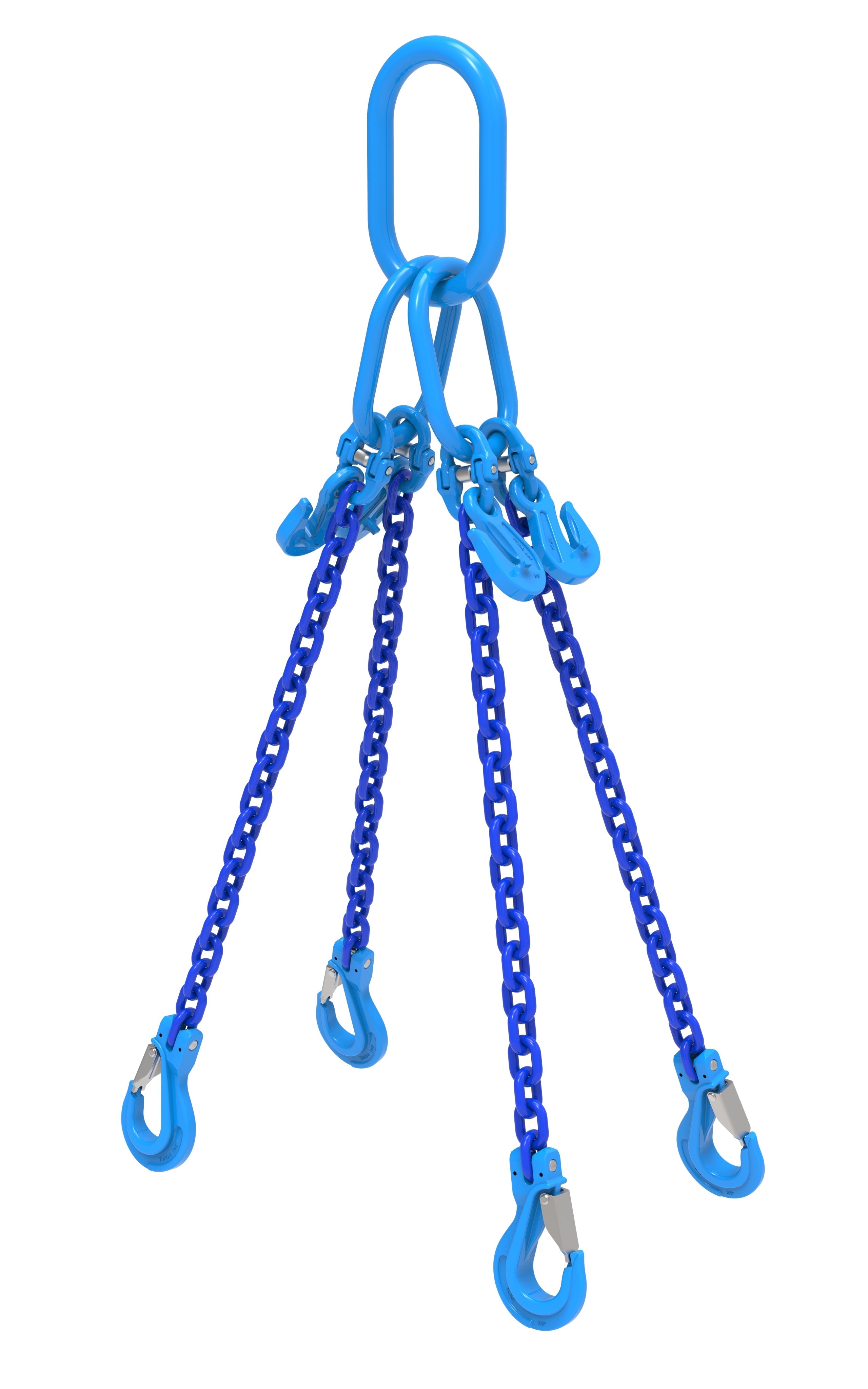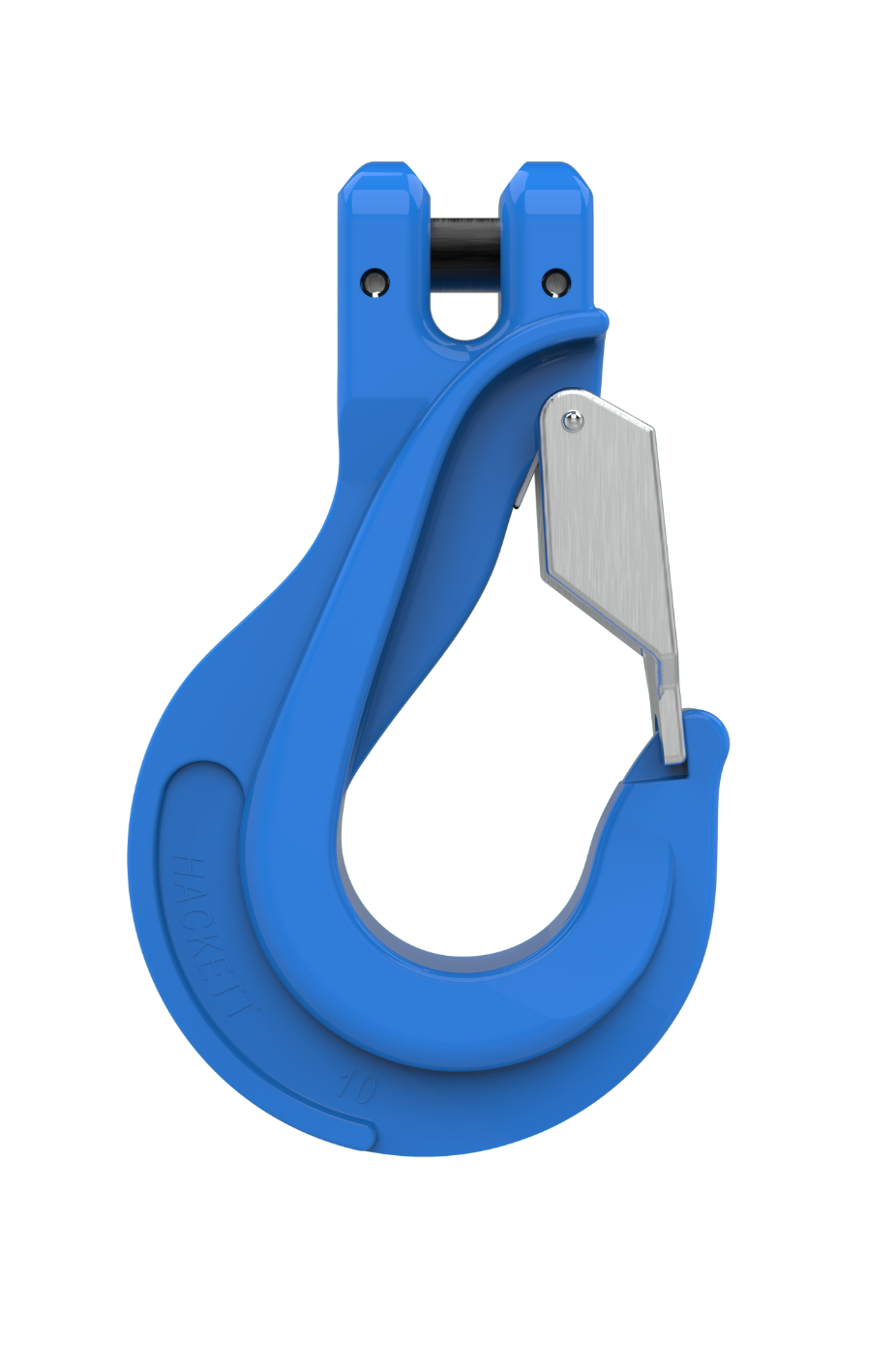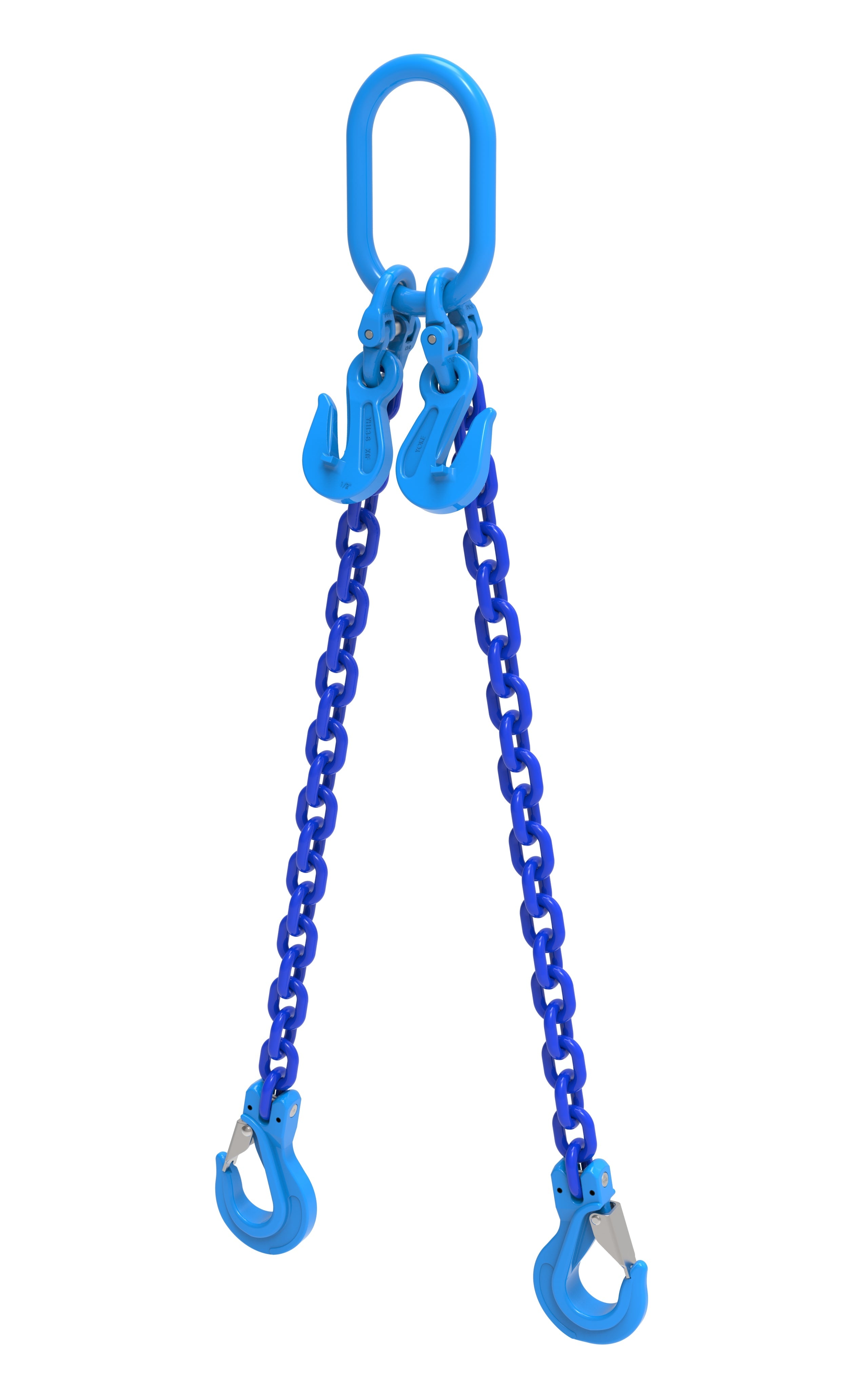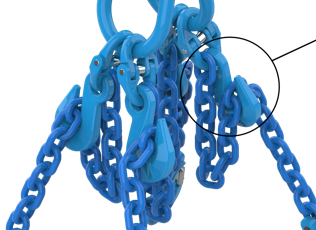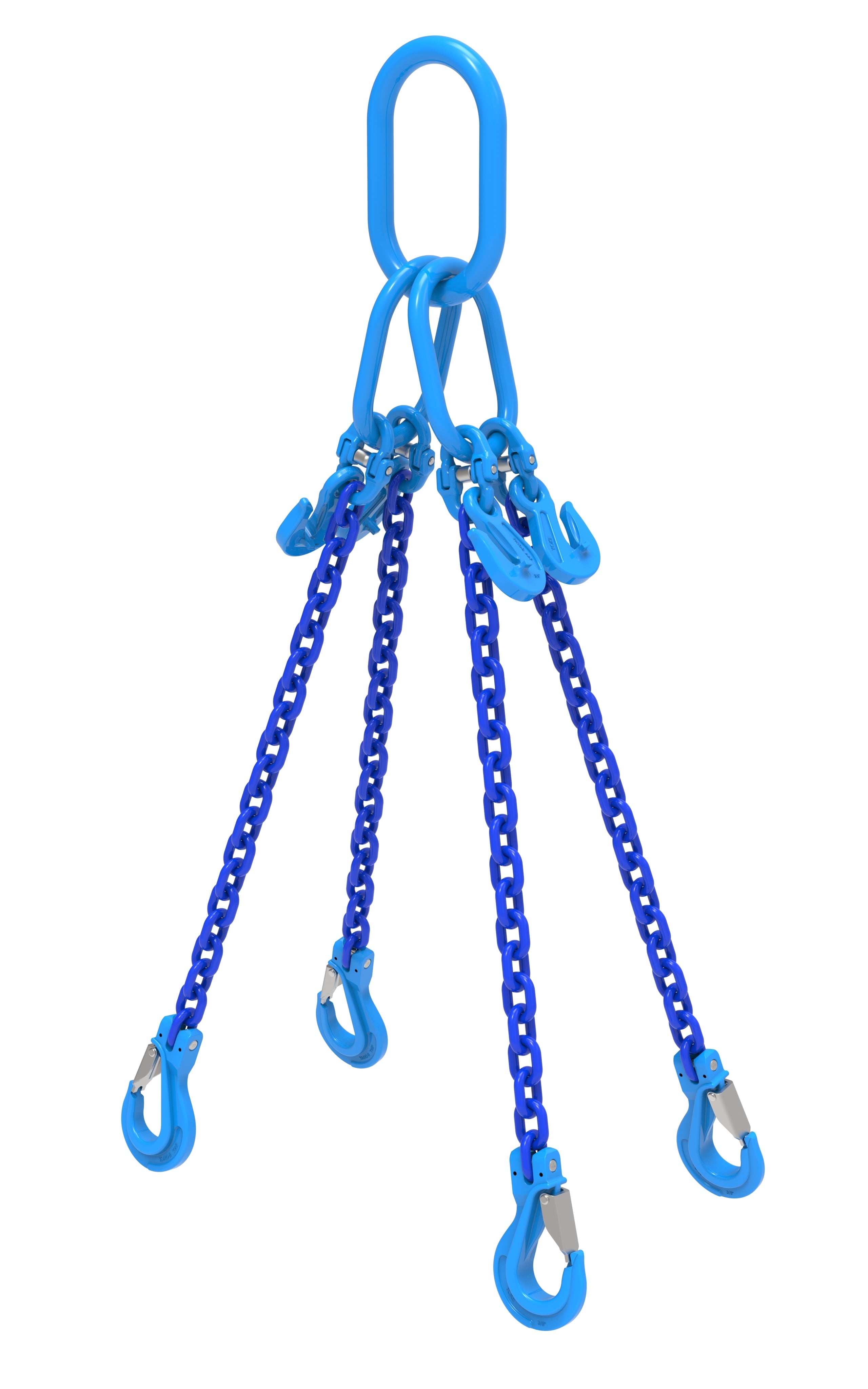A sling hitch is the type of method of slinging used to attach one item of rigging to another. There are three main types of sling hitch – vertical, basket, and choker – and here we will run through each type and discuss the purposes.
Types of Sling Hitches
Vertical Sling Hitches use vertical synthetic, wire rope or chain lifting slings to secure items together. The advantage of using this type of hitch it that it offers high strength and stability. It also allows for the greatest range of movement when hoisting items off the ground or from other elevated surfaces.
Additionally, due to the low-profile design, vertical sling hitches can be utilized efficiently in more confined space situations, where other hitch types may not fit or provide the proper support required for a safe lift.
Basket Sling Hitches use a single sling that forms a basket shape around the base of the load. This type of hitch is ideal for lifting heavier items, such as machinery and structural beams. The assembly can be adjusted to fit a variety of shapes, making this hitch variation particularly versatile. It can also provide much better control when maneuvering loads, allowing for safer and more accurate transport of goods from one place to another.
Choker Sling Hitches use an adjustable loop (or choker) to choke around a load. While this type of hitch is not as strong as vertical or basket hitches, it offers excellent flexibility in terms of size adjustment and ease of attachment. It’s lightweight design makes it ideal for light-duty applications such as towing or recreational vehicle tie-down.
Which One Should I Use?
Every sling hitch has its advantages and disadvantages. However, vertical sling hitches can present challenges when using a sling with legs of different lengths in regards to load balance. This can lead to an unstable load that is not sufficiently supported by the assembly. Basket sling hitches may also require more effort to properly attach and secure items due to their intricacy. Finally, choker slings are not suitable for heavy loads or lifts, as they don’t offer enough stability compared to other sling types.
In conclusion, by understanding the various types of sling hitches and their respective strengths and weaknesses, it is possible to make an informed decision when selecting the right type. With the right choice, a secure solution can be found that will safely lift your goods, while meeting all safety standards – this is the ultimate goal.

